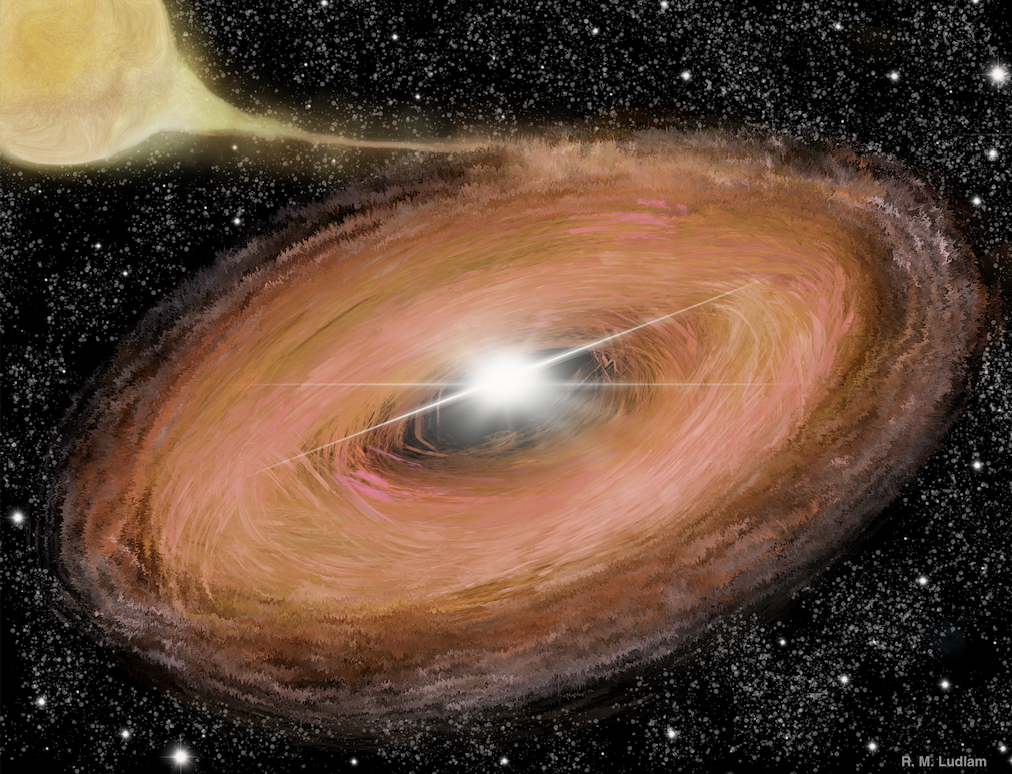
The matter inside of a neutron star (NS) exists in an ultra-dense, cold state that we are unable to reproduce in Earth-based laboratories. Hence the only way to understand how matter behaves in this environment, i.e. determining the Equation of State (EoS), is through observations of these objects. NSs in low-mass X-ray binaries, where matter is stripped from a stellar companion to form an accretion disk, provide a unique opportunity to learn more about accretion physics and properties of the compact object itself. The accretion disk is often illuminated by X-ray emission that is reprocessed and re-emitted as a series of discrete emission lines that are broadened due to Doppler, general, and special relativistic effects. In order to properly account for these line broadening effects, we apply next generation models to data collected by advanced X-ray observatories. Thus, we obtain a powerful diagnostic tool of the location and conditions of the innermost region of the accretion disk. From these robust measurements we are able to infer different properties of the NS itself, such as magnetic field strengths, boundary layers extending from the surface, and constraints on the EoS that are independent and complementary to other state-of-the-art methods. The combined capabilities of the latest X-ray missions open a new discovery space to capture multiple emission features in order to map out different observables within the disk. As a result, we can push the boundaries of our current understanding of the accretion geometry in these systems and provide a foundation to build upon with upcoming missions.
Host: Isaac Mooney, Sabrina Zacarias